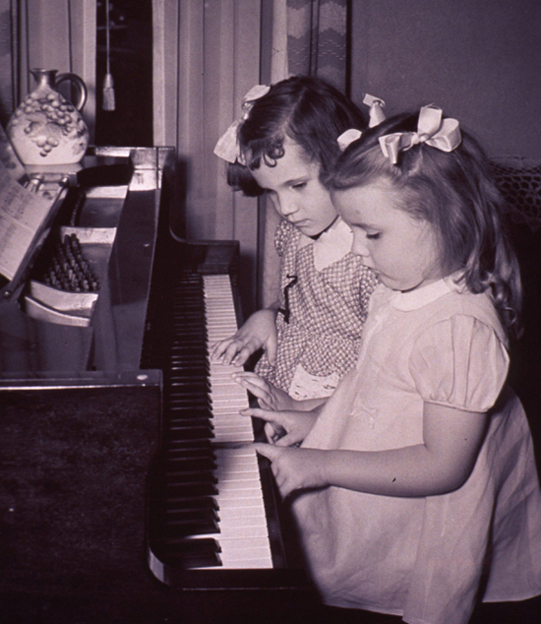Enriched Environments
1961
David Krech (1909–1977), Mark Rosenzweig (1922–2009)
In terms of intelligence, does it matter what kind of environment children grow up in? Most people today would say of course it does, but in the mid-twentieth century the majority of psychologists held the idea that environment did not much matter. Intelligence was due mostly to inherited ability. By the 1950s, a small group of researchers were beginning to challenge the older belief in fixed intelligence.
Canadian psychologist Donald Hebb had written that standard laboratory rats raised at his home had performed much better on tests than similar rats raised in the lab. Hebb’s report piqued the interest of two younger scientists, David Krech and Mark Rosenzweig. They began a research project in the 1950s that examined the impact of what they called enriched environments on the neural connections in the brain. Krech and Rosenzweig invited the biochemist Edward Bennett and the neuroanatomist Marian Diamond to join them.
Building on Hebb’s notes on “home-schooled” rats, Krech and his colleagues raised rats in two conditions. The control group received standard laboratory care, which simply meant they were housed together prior to any experimentation. The rats in the experimental group were placed in cages that had multiple toys and opportunities to engage in play—an enriched environment—before undergoing standard problem-solving tests. Upon autopsy, the brains of rats in both groups were sectioned in order to examine the number of neural connections.
The first full account of their results was published in 1961. They indicated that the rats raised in the enriched environment had many more neural connections than the rats that had only experienced standard laboratory environments. This work coincided with other findings of the time that indicate that environment and experience (or nurture) could make crucial differences in intelligence. Along with other studies, the research of Krech and his colleagues contributed to the founding of Head Start.
SEE ALSO Behavior Genetics (1942), Head Start (1965)

Two girls play the piano in this Federal Security Agency photograph. Studies show that in such “enriched” environments, more neural connections form in the brain.